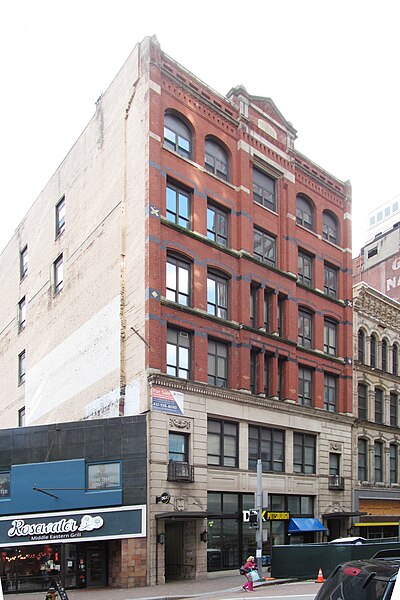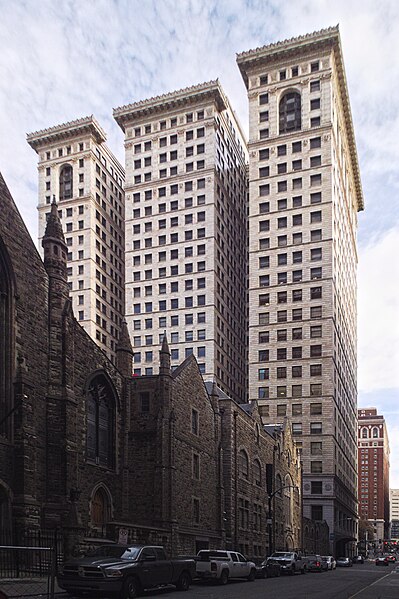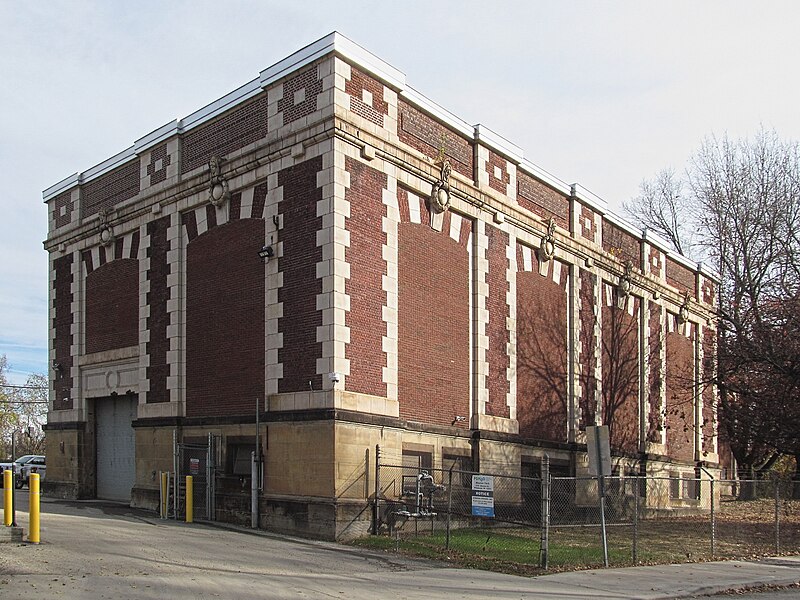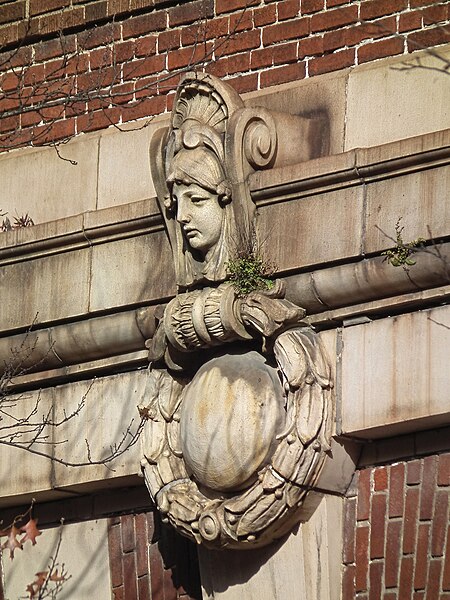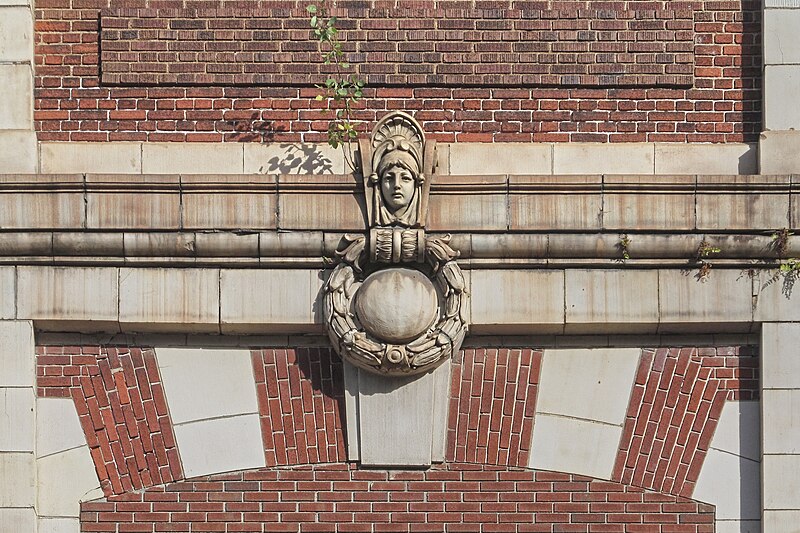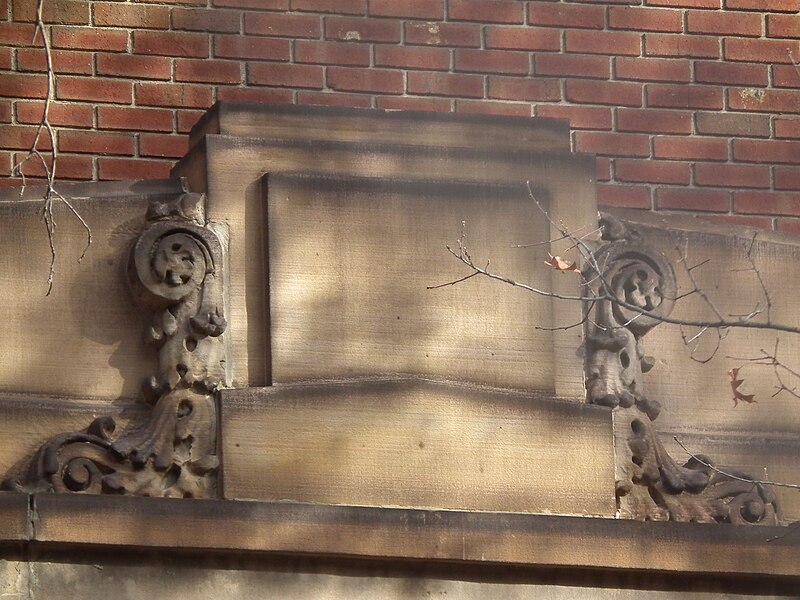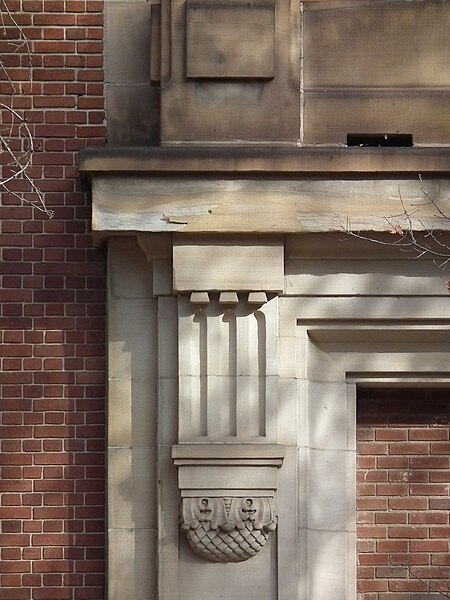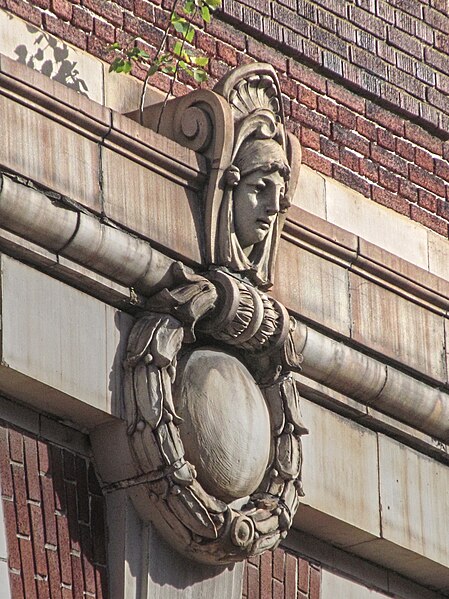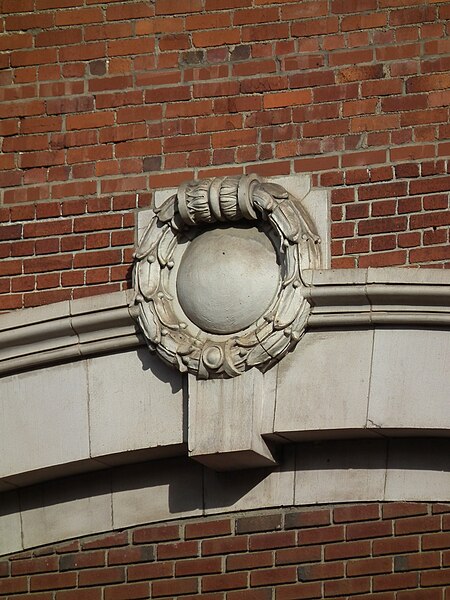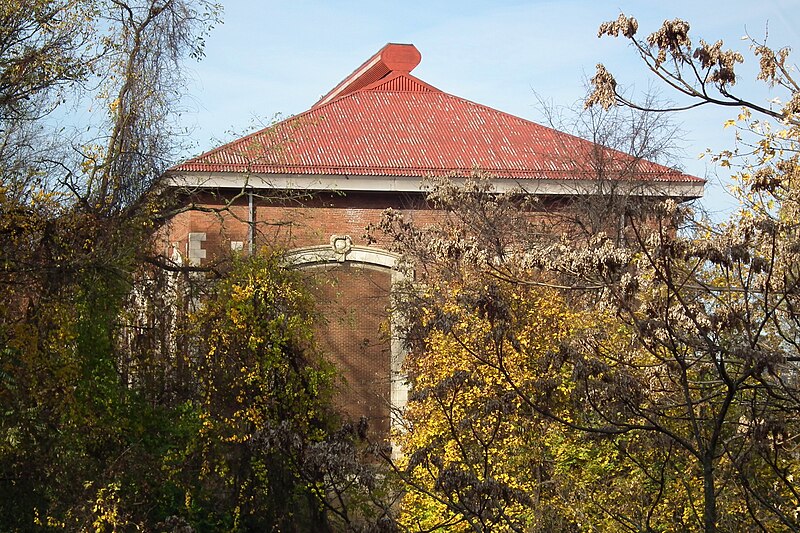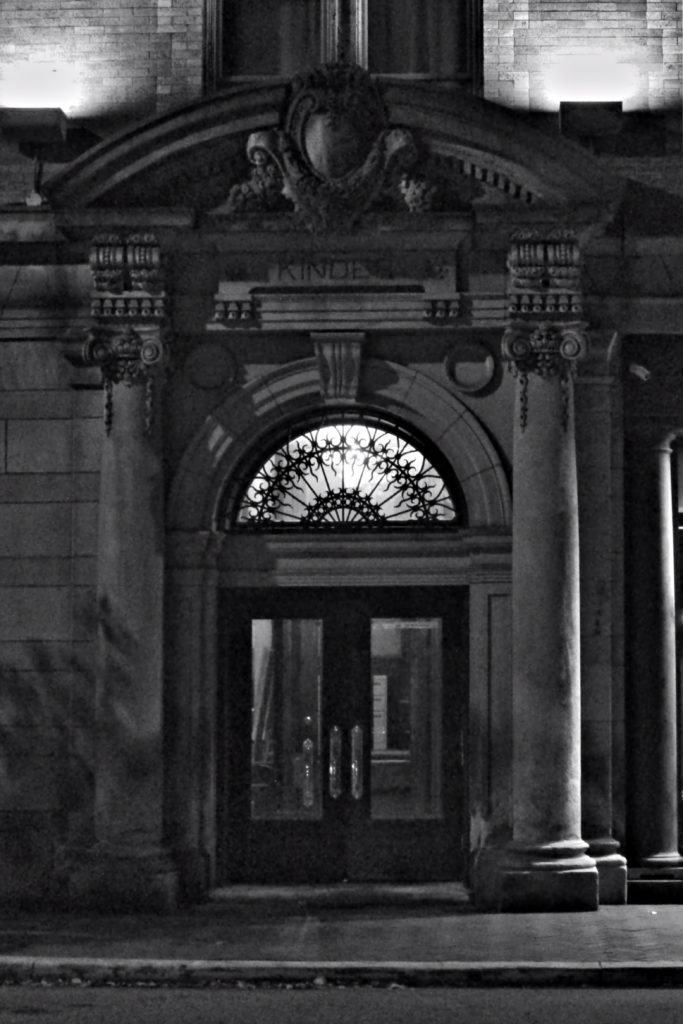
This was built in 1914 as the Kaufmann & Baer Department Store, the Kaufmanns in the name being brothers of the Morris Kaufmann who owned the Big Store two blocks away. It was bought out by the Gimbel Brothers eleven years later, and for generations of Pittsburghers this was the Gimbels Building. Its name is now officially Heinz 57 Center, but most people still call it the Gimbels Building. The architects, Starrett & van Vleck, were specialists in department stores from New York.
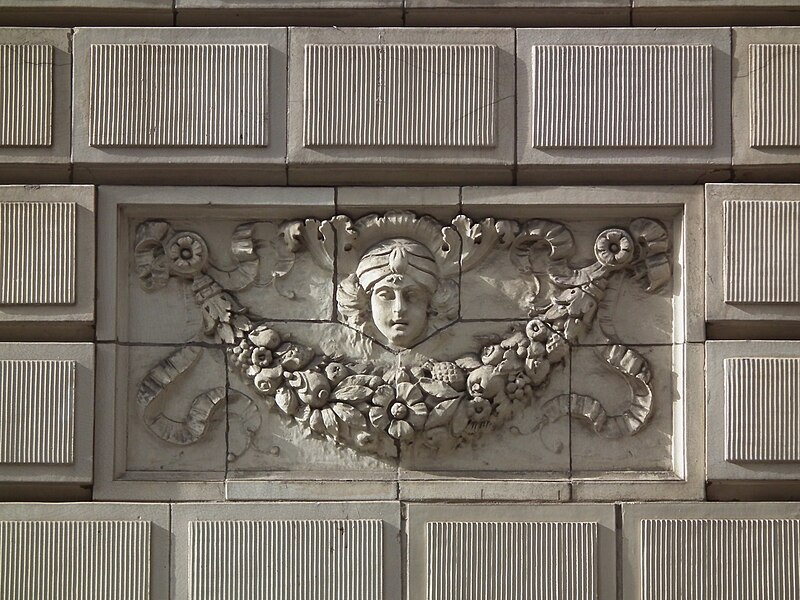
Acres of terra cotta went into decorating the Smithfield Street and Sixth Avenue faces of this building.
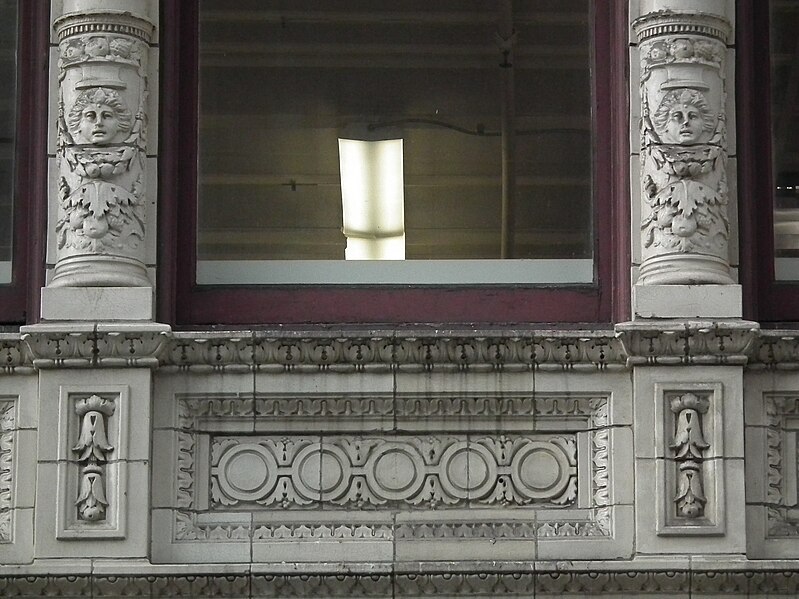
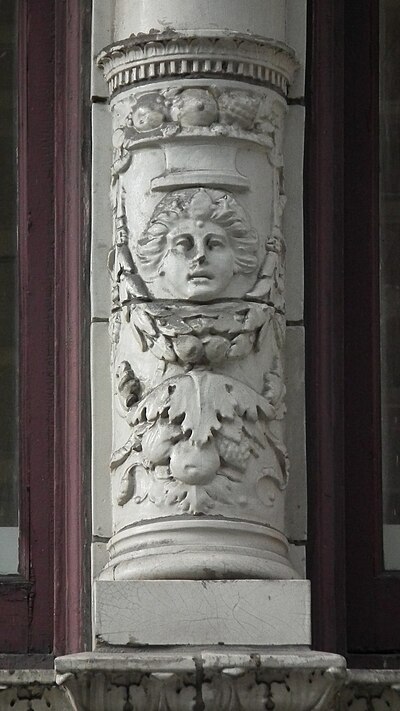



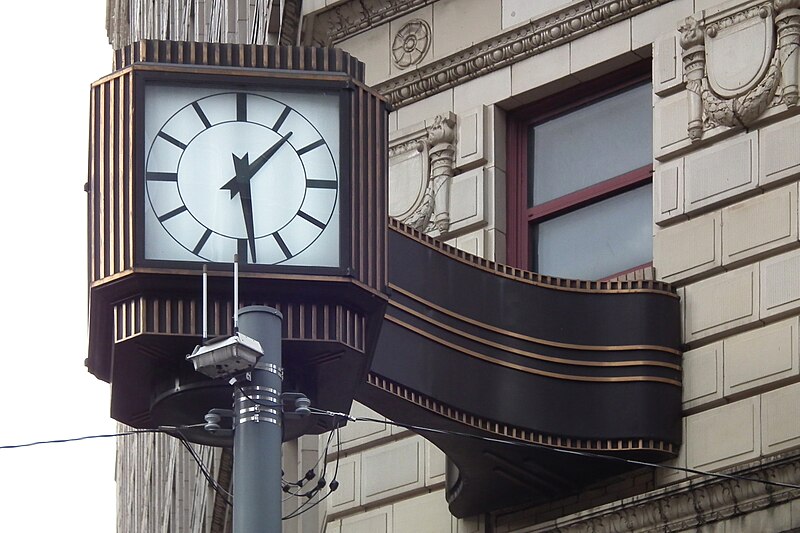
And of course there was the clock. It was not as famous or elaborate as the Kaufmann’s clock, but it was another good place to meet someone downtown. This is obviously a good bit more recent than the building itself: it has a streamlined Art Deco look.





